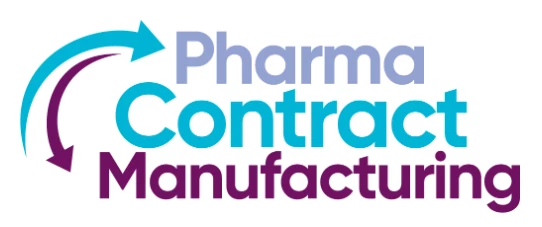62.5% of Biologics Professionals Have Strategy in Place to Mitigate Risks of Contamination
Add bookmarkWithin the next five years, the global biologics market is set to exceed $239 billion (£145 billion) in value, according to recent research by Bharat Book. As innovation brings down production costs and more comprehensive pipelines emerge, there remains just one critical area that threatens to hold developers back. Mitigation of risks arising from the contamination of adventitious agents is still an area in which expertise is limited.
Since 2009, a number of high-profile cases involving big names such as GlaxoSmithKline (GSK) and Genzyme have alerted biologics producers to an urgent requirement for measures to avoid contamination. They also need to be equipped, should the worst happen, to minimise the negative impact of a contamination as efficiently as possible.
A recent Pharma IQ study, conducted ahead of an Ensuring Adventitious Agent Safety in Biologics event in October 2011, it was revealed that almost two-thirds of producers do indeed have strategies in place to mitigate the risks of contamination. Among the survey respondents were key decision makers from a range of different types of company.
Over a third of responses came from delegates of biotech organisations, while 25 per cent of those involved represented biopharma firms. While a quarter of respondents were from companies based solely in the straight pharmaceutical field, 25 per cent were involved with a Contract Testing Organisation (CTO).
Awareness of the contamination risk
Headline-grabbing cases, including, but not limited to, those involving Genzyme in 2009 and GSK last year, have served to highlight the severe consequences a viral contamination can have – even where no immediate threat is posed to patient safety.
An editorial published in Nature earlier this year noted: "At least 17 incidences of viral contamination in biologics have been reported, but industry insiders say that many more go unreported."
Amid these goings on, it is evident that more and more biologics producers have woken up to the need – and are developing appropriate strategies – to mitigate and manage the risks. As part of its recent survey, Pharma IQ asked biologics professionals to disclose the extent to which contamination is seen as a future priority by their organisation.
Unsurprisingly, 62.5 per cent of respondents said it was among the primary concerns of their company, while 12.5 per cent described it as something to be considered – but not a main strategic focus. The remaining 25 per cent was made up of companies that were either not yet concerned by the risks – but perhaps expecting contamination to be of more importance in future – and CTOs not directly concerned with the risks.
Contaminants of most concern
In June 2009, when Genzyme identified a contamination at its Allston Landon manufacturing facility, Vesivirus 2117 was found to be present in one of six bioreactors and appeared to be restricting cell growth. At the time, the firm said it was "adding steps to increase the robustness of its raw materials screening and viral removal processes".
When asked by Pharma IQ to name the types of contaminant of most concern to their organisation, survey respondents gave mixed replies. One quarter of delegates said transmissible spongiform encephalopathies (TSEs), or prions, as well as their bovine siblings BSEs, were of most concern. Meanwhile, 37.5 per cent of experts named viruses as their biggest worry, though exactly half of respondents said several or all of the contaminants listed as possibilities were primary concerns for their organisation.
However, somewhat interestingly, not a single biologics professional said mycoplasma or bacteria alone were key concerns for their company, though these may be among the contaminants worrying firms concerned by more than one of the options given.
Mitigating the risks of contamination
Pharma IQ went on to ask those involved with the survey if their organisation was currently taking measures to mitigate the risks of contamination. It may be somewhat encouraging to note that, in fact, almost two-thirds, or 62.5 per cent of developers already have strategies in place.
A further 25 per cent of respondents said they were certainly taking steps, though these individuals had only just started implementing safety measures. The remainder of responses came from delegates who were either from a firm that does not see contamination as a concern, or from a CTO.
Current scale of the problem
As part of its study, Pharma IQ asked participants to reveal whether their organisation had ever suffered a contamination. The strategies in place so far appear to be working on the whole, as 87.5 per cent have so far not had to deal with the worst-case scenario.
Finding a solution
Finally, the respondents to Pharma IQ's survey, carried out ahead of this year's Ensuring Adventitious Agent Safety in Biologics event in Munich this October, were asked if their organisation was seeking or already using the services of an external solutions provider to meet their risk management objectives. These could include detection kit providers, CTOs or new filtration systems, for example.
More than a third, or 37.5 per cent, of participants said their organisation was satisfied with the solutions it is already using. Similarly, 25 per cent were not currently looking for providers as contamination is not a primary concern. The quarter of respondents who were interested in solutions said they already had measures in place but were looking to add more in the future.
And of those respondents who claimed to be looking for solutions, a range of timeframes were cited by different individual participants. While 40 per cent said they aimed to find solutions in two or more years' time, two-fifths were keen to actively take steps to mitigate risks much sooner.
[inlinead]
Have Your Say
Rate this feature and give us your feedback in the comments section below





















